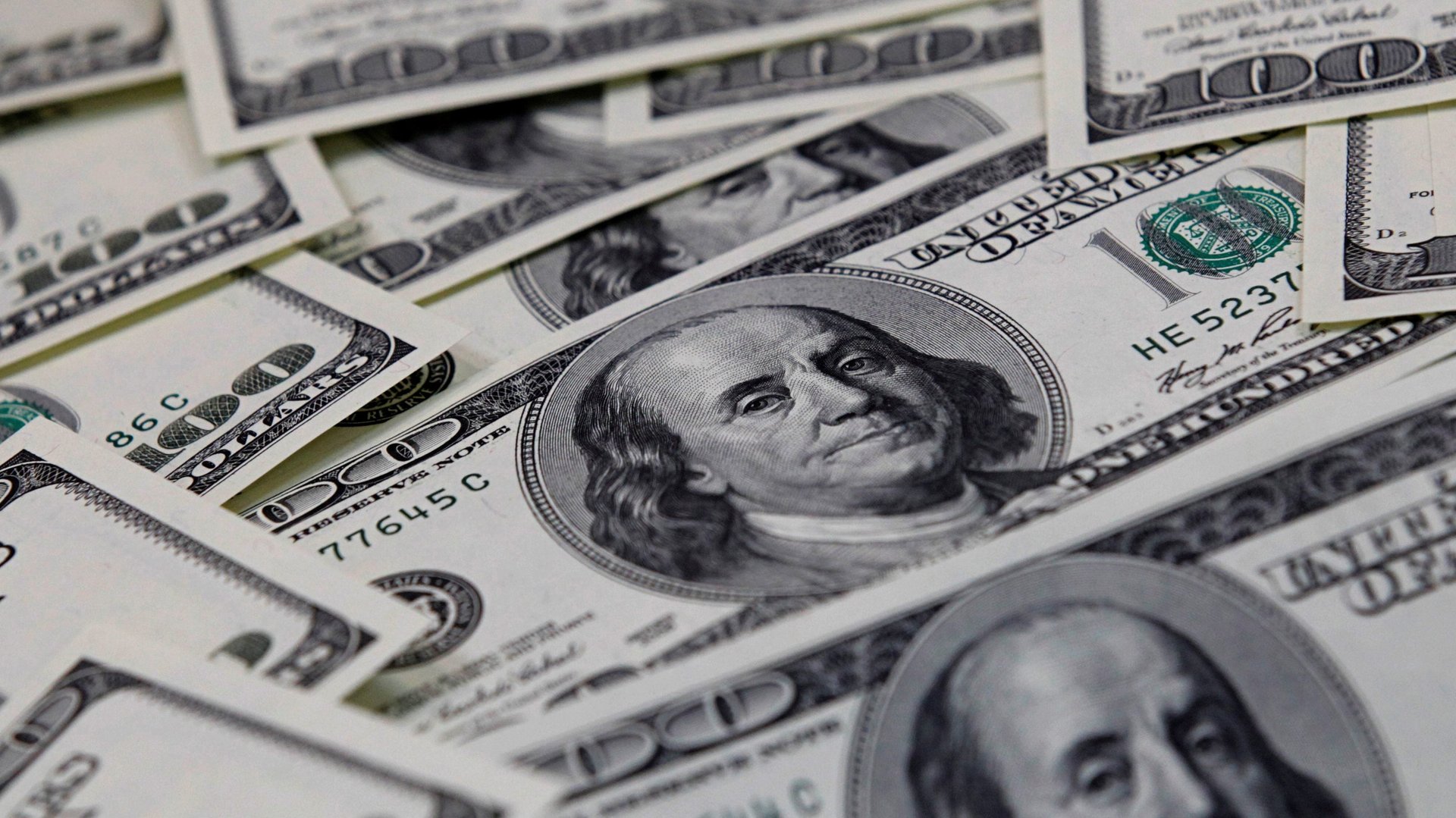New data show the powerful impact of stimulus checks
The new, $900-billion round of Covid-19 stimulus funding in the US immediately boosted spending in groceries among recipients, especially low-income ones, according to new credit and debit card usage data.


The new, $900-billion round of Covid-19 stimulus funding in the US immediately boosted spending in groceries among recipients, especially low-income ones, according to new credit and debit card usage data.
Spending on credit and debit cards for stimulus recipients grew by 12.7% year-over-year(YOY) for the one-week period ending on Jan. 16, compared to the 2.8% YOY growth for non-recipients according to a new report by economists Michelle Meyer and Anna Zhou from Bank of America Global Research. Increases in stimulus-related spending were highest among households with incomes of less than $50,000, at 22% YOY, versus 11% for low-income households that did not receive the additional funding.
Spending in the US had started to fall at the end of 2020 due to millions of Americans across struggling to afford basic necessities, housing, and food due to working fewer hours, ongoing unemployment, drained savings, or smaller household incomes after many women left the workforce due to care responsibilities.
Research published by the New York Fed last October showed many Americans would use additional stimulus funds to save or pay off debt, causing concern among some economists the approach wouldn’t be an effective way to boost consumer spending, a key driver of the US economy. The new BofA report showed there was a meaningful difference in spending after all after its distribution, especially among low-income recipients.
“In a way, you can think about it as stimulus allowed for a level-shift higher in spending in early January,” said Meyer, head of US economics at Bank of America Merrill Lynch. “It was quite influential given that spending was on a weakening trajectory at the end of January.”